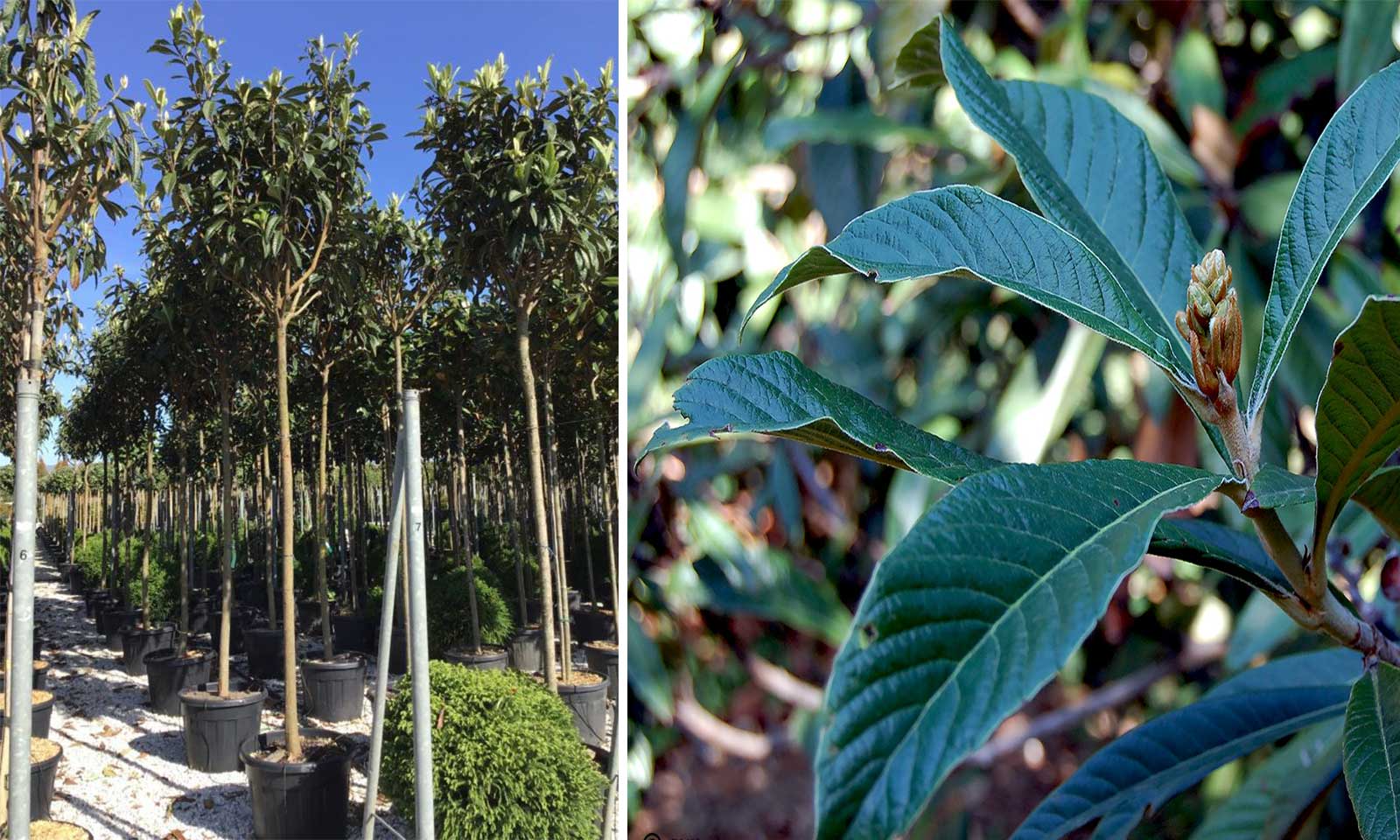Bougainvillea Glabra 'Sanderiana' - Espalier
This flowering plant is loved for its abundant floral display in vivid colours. The actual flowers are tiny and white, but each cluster of three flowers is surrounded by thin papery bracts in bright colours. There exist around 300 varieties of bougainvillea which come in various colours burgundy, pink, purple, red, orange, white, or yellow. It is a long lived plant which flowers seasonally and is deciduous in temperate climates though evergreen in the tropics. Although it is essentially a thorny, woody vine, it can be grown in any size and shape outdoors; covering a sunny wall, trained as a tree, bush or even a pyramid. In cooler climates it can be grown as an indoor container plant or even an indoor bonsai. We would not see this plant as a good choice for cold, wet and damp areas like Scotland. The hardiness rating is only a H2 so make sure to shelter this plant when the winter time comes. The plant is prone to pests but is generally disease free.
Product Dimensions:
Frame 90x50 cm: 15-18 litres
Frame 150x100 cm: 40-60 litres
Latin Name: Bougainvillea Glabra Sanderiana
English Name: Sanderiana
Species: Nyctaginaceae
Genus: Bougainvillea
Foliage Type: Semi-evergreen
Foliage: Green
Fragrance: Flower
Flower: Pink
Flowering Period: Summer-Autumn.
Suggested Location: Outdoor.
Suggested Soil Type: Moist but well-drained. Loam, Sand
Suggested Exposure to Sunlight: Full Sunlight
Suggested Exposure to Weather: Sheltered
Hardiness Rating: Low (H2)
Lowest Temperature Tolerance: 0°C to 5 °C (32 °F to 41 °F)
Growth Habit: Climbing
Cultivation: Under glass grow in loam-based potting compost in full light and water freely in summer and keep just moist in winter. Apply a balanced liquid fertiliser monthly. If container grown can be put outside in summer. Water sparingly in winter. May survive short spells down to 0°C if kept fairly dry, but preferred minimum temperature is 7 - 10°C
Propagation: Propagate by semi-hardwood cuttings in summer or softwood cuttings in early spring. Layering can be done in early autumn or spring
Suggested planting locations and garden types: Wall-side Borders Patio & Container Plants Sub-tropical
Pruning: Pruning group 12 in early spring/after flowering
Pests: May be attacked by glasshouse whitefly, mealybugs, aphids and glasshouse red spider mite
Diseases: Generally disease free
Delivery Cost: This is calculated based on the total size, weight and quantity of your order, as well as the location of your delivery address. You will see the final price at the Online Checkout Page (before making payment) – our website will automatically calculate the lowest possible delivery price and apply discounts to orders of certain products – giving you the best value delivery every time!
Please note that high-volume orders will decrease your delivery costs significantly by spreading the price across multiple items. Visit our Delivery Policy page for more information.





